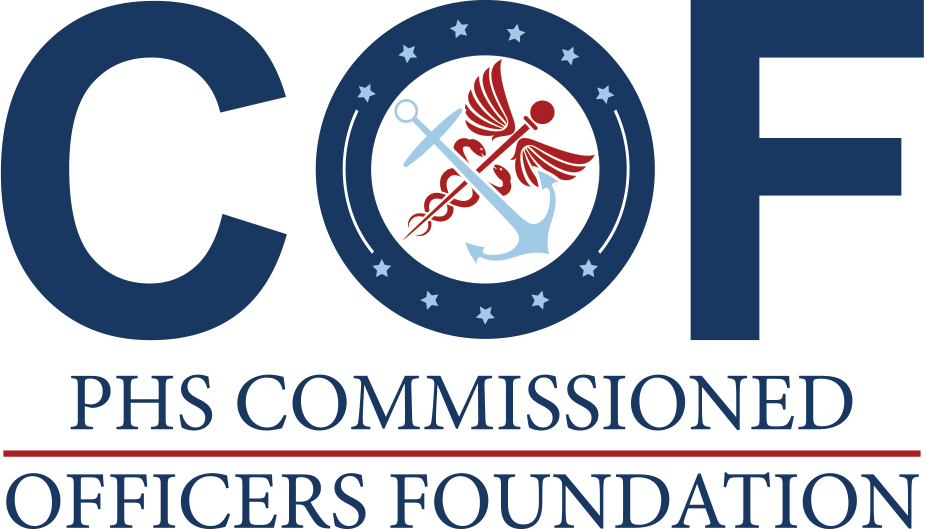There are many heroes of the pandemic, and they are the workers on the front lines of public health and clinical care who have in many cases been fighting this battle for over a year and a half with no quick end in sight. That certainly includes all the active-duty officers in the U.S. Public Health Service (PHS), their retired colleagues, so many of whom have continued to serve in government and the private sector in support of health care and public health, and of course everyone who has gotten up day after day to fight this battle at no small cost to their physical, mental, and emotional well-being. We owe them a debt of gratitude that it will be difficult to ever repay.
Having established who succeeded, by doing hard jobs under arduous conditions, and persevering at those jobs, we can now talk about what didn’t succeed. What didn’t succeed was the public health system. We must accept that the public health system, as it evolved during the 20th Century, is not able to meet the challenges of the 21st Century. No amount of tinkering, of moving boxes around on the organizational chart, of limiting or expanding specific public health authorities at the state or federal level, and not even the tens of billions of dollars demonstrably needed each year for many years to come–often documented, occasionally promised, and never delivered–will be able to “fix” the public health system.
Over the past year, and certainly not for the first time, there have been articles written about the need to reimagine the public health system with suggestions about how to do that. Very little of what has been written amounts, in truth, to reimagining. Most of it is the same kind of tinkering and occasional Band-Aids called for on too many occasions in the past.
Focusing just on the United States, it’s clear that the way the federal government, state governments and local governments interact on public health has failed tragically (and not the first time) over the past 18 months. I’ve been told that the Constitution requires the system that we have. I don’t think so. Each state doesn’t get to decide whether to screen passengers at airports. Each state doesn’t get to decide which countries it wants to have diplomatic relations with. Many federal regulations, such as those from the Food and Drug Administration (FDA) and United States Department of Agriculture (USDA), govern the entire country. Viruses don’t read maps.
It’s clear that the long-standing, frequently bemoaned, and endlessly adjusted chaos in how health data from hospitals, doctors’ offices, clinics, and other sources are managed and used for public health purposes has played an outsized role in the ongoing tragedy. Like a crumbling building that poses a risk for everyone living in it, public health surveillance in the United States needs to be torn down and rebuilt from the ground up, not just with 21st century tools, but with a 21st century mindset.
It’s clear that the discontinuity between health care and public health, too often talked of as separate and completely distinct entities, is a relic of another century. There is only one “system” of health, and it extends from the community to the intensive care unit (ICU) to the nursing home, and at every stop in between. The false dichotomy between health care and public health leads us to bad decisions on everything from data sharing to financial investments to clinical care itself. Social determinants of health are responsible for so much illness, suffering and death. Addressing those problems in a way that is not only fair and equitable, but pragmatic and likely to succeed, will require a complete reimagining of a single system of health in the United States.
According to the 9/11 Commission, “The most important failure was one of imagination.” In public health, we have failed to imagine that the system we inherited from our 19th and 20th century forebears could ever be truly changed. Reimagining doesn’t mean just more money, more workers, better training, more computer equipment, better software, and all the other fixes recommended time and time again, although those are necessary and at least 40 years overdue in promises unkept by our elected officials. It means a completely different way of thinking that recognizes that everything that went before is history, a history that can best serve us by teaching us what not to do in the future.
